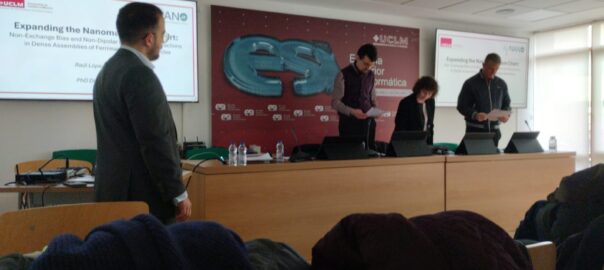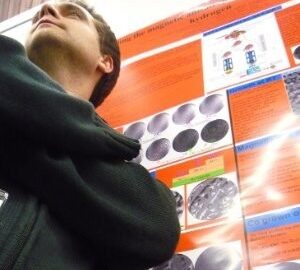Last August 5th–7th, we had the pleasure of participating in Young Researchers in Magnetism, an event that brings together students and leading researchers from Spain and around the world.
Our group was actively involved in the organization, with Jose A. De Toro serving as Secretary and Ricardo López Antón as Treasurer of CEMAG. We were also proud to see our former student and now collaborator Raúl López Martín, together with our student Moi Medina, contributing as members of the student committee.
We are deeply grateful to everyone who helped make this event a success, and we look forward to continuing to build collaborations and inspire new ideas in the field of magnetism.



















